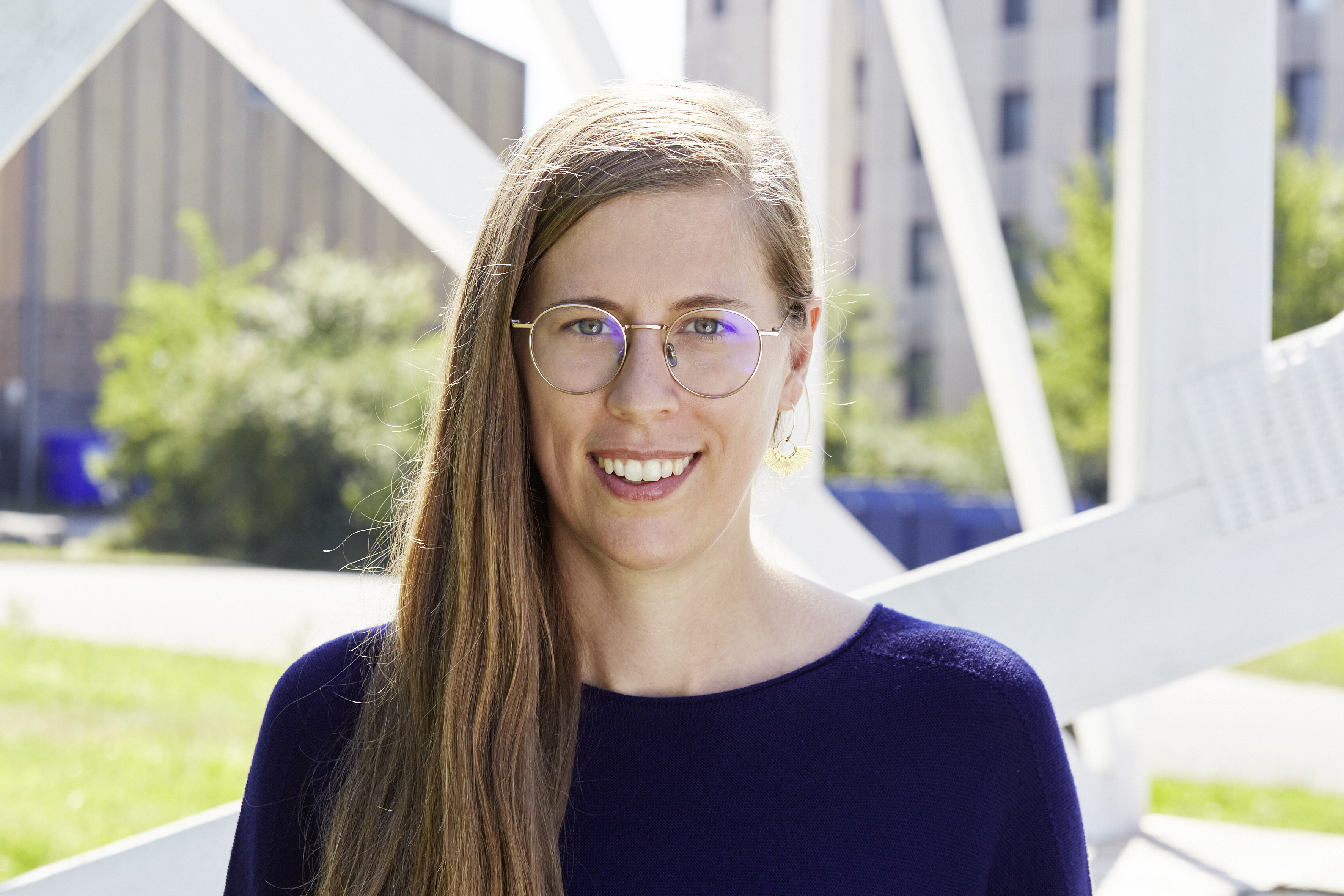Using AI to Reduce Waste in the Construction Industry
-
-
Slice of MIT
Filed Under
Recommended

On any given construction site, building materials might arrive from anywhere in the world. “The construction sector is one of the most fragmented ever,” says Catherine De Wolf SM ’14 PhD ’17, assistant professor of circular engineering for architecture at the Swiss Federal Institute of Technology Zurich (ETH Zurich). “A contractor is subcontracting to another subcontractor, who is subcontracting, and so on. Often the architect doesn’t even know where the materials are coming from.”
About half the materials we consume go into our buildings. It’s easier to say, ‘I’m going to take one less flight,’ than say, ‘Let’s change the supply chain of an entire industry.’
While that extreme fragmentation might make the industry more productive, it also wastes an incredible amount of carbon producing and transporting materials; and as buildings are demolished, they produce nearly 700 million tons of waste each year.
“About half the materials we consume go into our buildings,” De Wolf says—and they account for about a third of all waste worldwide. And yet, she believes that the difficulty of reforming the construction industry has led to environmentalists largely ignoring building material reuse as a way to cut carbon emissions. “It’s easier to say, ‘I’m going to take one less flight,’ than say, ‘Let’s change the supply chain of an entire industry.’”
That’s exactly what De Wolf is working to do, employing artificial intelligence (AI) and other technological innovations to take stock of building infrastructure and match new construction with materials from structures being demolished. It’s a sort of “Tinder for reuse,” she says, comparing it to the dating app. “Only it’s a bit more complex than that,” she explains, “because Tinder just matches you with one other date, while this needs to match architects, contractors, material suppliers, engineers, clients, and more.”
De Wolf became interested in sustainable building design while studying civil engineering and architecture at Vrije Universiteit Brussel and Université Libre de Bruxelles in her native Belgium. When she came to MIT in 2012 to pursue a master’s and PhD in building technology, global discussions on sustainable design focused on factors such as insulation and heating efficiency, not on the carbon emissions embodied in the structure through the production and transport of its materials.
“Everybody was talking about operational energy; nobody knew what ‘embodied carbon’ even was,” says De Wolf, who collected industry data for the first benchmarking study on embodied carbon in buildings in 2014. Despite the historical resistance of many in the construction industry to change, De Wolf was inspired by the emphasis on technological solutions and the “hacking culture” of MIT to pursue it. “At MIT, you are taught that everything is possible, so when people say, ‘Nothing is going to change,’ you say, ‘Let’s try it anyway.’”
Her lab at ETH Zurich, Digital Transformation for Circular Construction, has pioneered that change. The team is working to catalog buildings in various contexts on six continents, from Zurich to Cape Town. It uses computer vision and machine learning to analyze buildings through Google Street View images, archival records, public demolition information, and auditing data. This enables them to determine the potential materials within the buildings.
Her team members have supplemented that analysis with information from public records, as well as experimenting with robots and drones equipped with light detection and ranging deployed directly to building sites to rapidly inventory materials before demolition. They also use AI to help architects construct building plans out of a given range of materials available for reuse.
Currently, De Wolf’s lab is partnering with many Swiss industry partners, including architecture firm Herzog & de Meuron, to develop tools to rapidly match the company with other stakeholders to acquire reused materials for new projects. That’s a first step towards creating a larger platform to match construction firms with materials across the world, according to De Wolf.
“The first thing that needs to happen is to share the right information with the people who need it,” De Wolf says. “To really solve the problem of fragmentation in the industry, we must make the cataloging, reuse, and assembly of materials faster and easier than the wrecking ball.”
Photo credit: Giuilia Marthaler.







